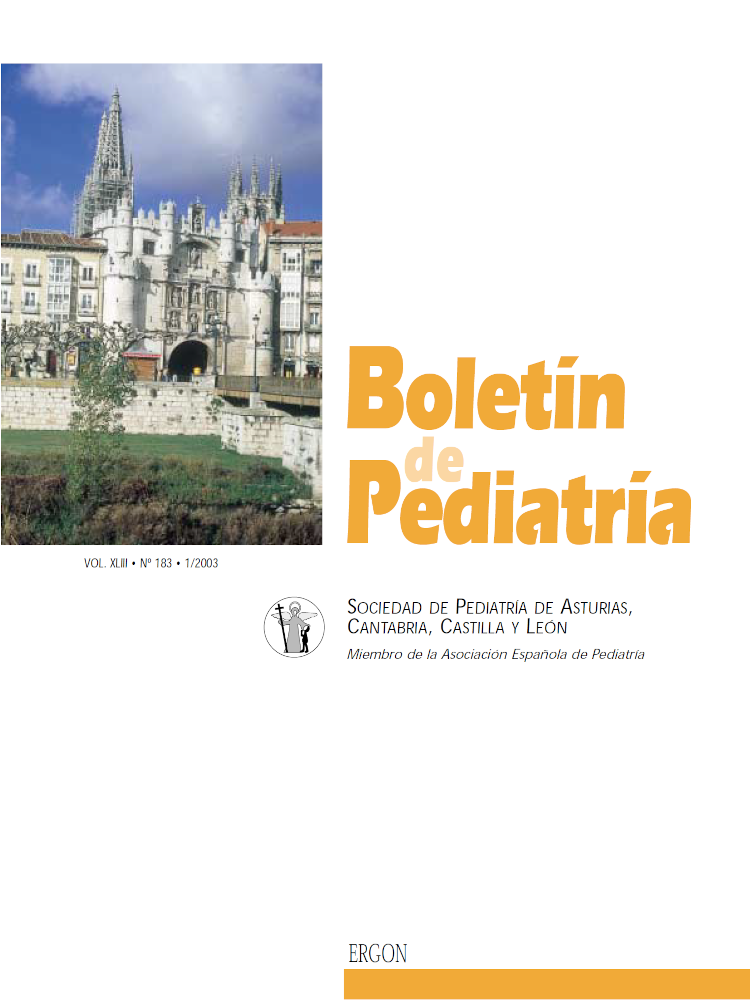Abstract
Abstract The neuroblastoma (NB) is a malignant tumor that presents more frequently in the infant, and represents 8-11% of all the tumors in childhood. It is a neoplasm that derives from the cells of the primitive neural crest that form the sympathetic nervous system and the adrenal gland bone marrow. Thus, its site may be very varied, the cervical site only accounting for 2.3-5%. The symptoms of the neuroblastoma are variable and will depend on its site, and its signs and symptoms frequently remain hidden for a long time. The cervical NB generally appears as a mass similar to a large lymph node, with stri-dor and aero-digestive obstruction, or even as Horner Syndrome due to lesion of the stellate ganglia. We present the case of a 10 month old patient with a retropharingeal neuroblastoma that was clinically manifested as a progressive respiratory picture with stridor and respiratory obstruction, observing a left cervical mass in the physical examination. The treatment was surgical, with excision and lymph node cleaning on three levels. The pathology diagnosis was neuroblastoma with involvement of one of the twelve lymph nodes excised. The molecular and biochemical indicators were favorable. It was classified as a stage II neuroblastoma. We want to emphasize the importance of early diagnosis in NB in regards to the patient's survival and the need to contemplate cervical NB as a diagnostic possibility in child under two years with cervical node lesions in which an infectious etiology has been discarded. Treatment of NB is basically surgical, and can be curative in early stages and it has a good prognosis in the cervical region sites. Radical surgery with favorable molecular and biochemical indicators orients towards an active observation of the patient.

This work is licensed under a Creative Commons Attribution-NonCommercial 4.0 International License.
Copyright (c) 2003 Boletín de Pediatría
